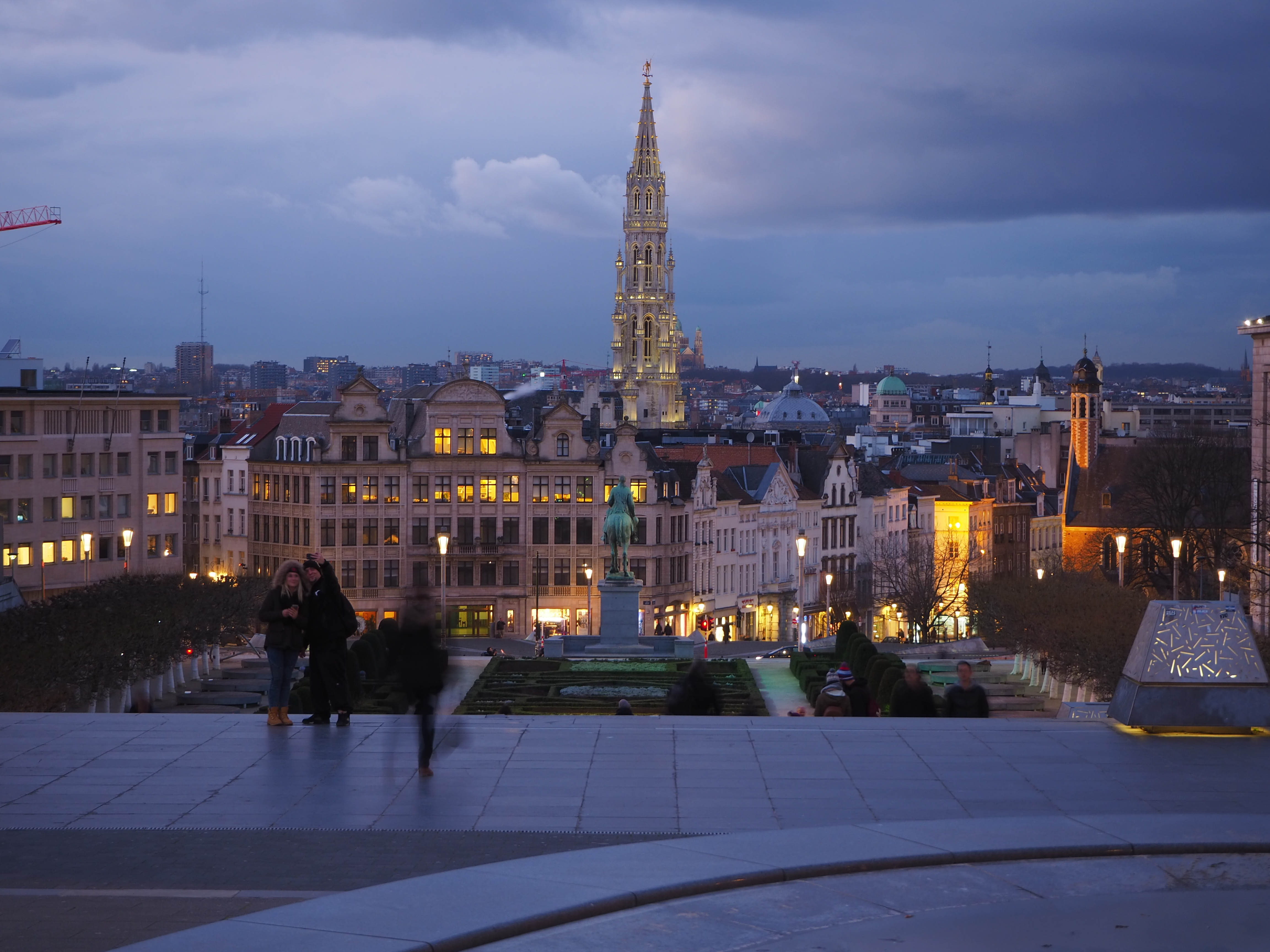Despite the EU’s declared commitment to gender equality, women are all but invisible in the EU’s flagship European Green Deal, a major new report reveals. This risks turning the gender gap into a chasm and delaying the transition to sustainability.
The environment and gender have topped the European Union’s political agenda since Ursula von der Leyen became president of the European Commission. This is reflected in the EU’s flagship European Green Deal and its Gender Equality Strategy (2020-2025), which seeks to create a Union of Equality.
However, despite these high-level commitments, the proven intersection between gender and the environment is missing from the European Green Deal, including the latest ‘Fit for 55’ package. This risks widening the already significant gap between men and women in Europe, according to a major new report.
Missing in inaction

‘Why the European Green Deal needs ecofeminism’ highlights the link between gender and the environment, exposing the missing gender dimension in EU policies, from energy and transport to agriculture and beyond.
The report is produced by the European Environmental Bureau (EEB) and Women Engage for a Common Future (WECF), with support from the Austrian and German environment ministries, Heinrich Böll Foundation and the Climate of Change project.
“The climate crisis is one of the key challenges of our time and affects men and women quite differently. For instance, the majority of people impacted by energy poverty are women,” explains Austrian Minister for Climate Action Leonore Gewessler. “It is, therefore, crucial to take gender differences into the equation, if we want to develop solutions and a transformation that works for everyone.”
“The European Green Deal policies are, at best, gender-blind and, at worst, widen gender inequalities,” notes the EEB’s Nadège Lharaig, a co-author of the report. “By adopting an ecofeminist framing in policymaking, the EU can create more effective, impactful, acceptable and gender-transformative policies.”
An illustrative example of this is transport. “Women walk and use public transport much more than men. Men tend to drive and fly much more than women,” says Thorfinn Stainforth, Policy Analyst Low Carbon and Circular Economy at the Institute for the European Environmental Policy (IEEP). “We see gender bias not only in transport policies and infrastructure but also in the design of technology.”
“Climate justice means recognising the overlapping forms of discrimination and barriers all genders are facing. Climate policies will never be people-centred if they lack an intersectional dimension,” said Miriam Müller, a WECF trustee and member of the advisory board of the report.
Greenprint for change
The report not only highlights problems but also proposes solutions. It provides a blueprint for transformative change in EU and national policies to ensure that the environmental and economic transitions make Europe both greener and fairer.
“Concrete solutions include dedicating more funds to research and data collection on the gender-environment nexus, recognising the benefits of care work for the green transition or applying gender mainstreaming methodologies in environmental policies,” says Lharaig. “For this to happen, we need strong political will.”
Farming is a good example of where gender-sensitive policies would bear fruit. “Women agricultural producers are more likely to use regenerative farming practices and soil restoration,” observes Sally Shortall, Duke of Northumberland Chair of Rural Economy at Newcastle University and a co-author of the report. “If the different impact of women farmers is recognised and valued, our policies can become more effective.”
In related news, another recent report, produced by the EEB in collaboration with Oxfam Germany in the context of the Climate of Change project, also provides solutions for how the gender dimension can be integrated into the transition towards a wellbeing economy.


